Radio microphones: how to choose and set up?

When choosing a microphone, users are increasingly giving preference to devices that do not require connection to other audio equipment. Such units are called radio microphones. Today in our material we will consider the features, varieties and rules for using such devices.
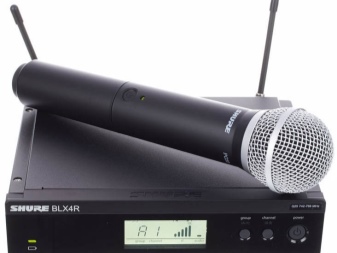
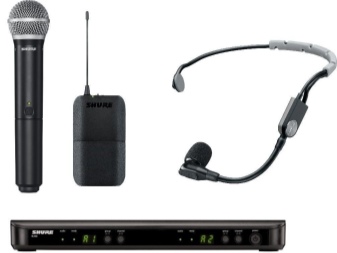
Peculiarities
Radio microphone - This is a device, the main feature of which is that there is no need to connect to additional equipment (for example, to a mixer). The accessory is often used for vocals, presenters, and also as a reporter microphone, as it allows the user to move freely in space. The radio microphone is easy to transport, since in the absence of wires, the device takes up little space.

Principle of operation
The main functional task of a radio microphone is it is the transmission outside of the incoming audio signal in a radio signal format. In order for the devices to effectively and fully carry out this process, they work in conjunction with three essential elements: an input signal source, a transmitter and a receiver. Thus, an input source generates an audio signal, a radio transmitter converts this audio signal to a radio signal and transmits it to the surrounding area, and a receiver receives the radio signal and converts it back to an audio signal.
Let's consider the operation of the transmitter and receiver in more detail. First of all, it should be noted that several types of transmitters can work in conjunction with a radio microphone:
- stationary (they are powered from the mains);
- mobile (recharging takes place by means of batteries specially designed for these purposes);
- wearable (due to their small size, such devices fit in a pocket);
- manual (they consist of a hand-held vocal microphone and a special transmitting unit);
- integrated (the units have a built-in XLR-type input connector).
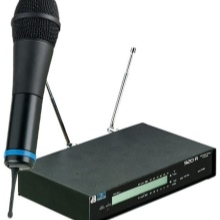


Receivers, like transmitters, can be both stationary and mobile. In addition, these devices differ depending on how many antennas they have.
Species overview
All microphones existing today are divided into several types. For example, you can find head-mounted, vocal, wireless, digital, professional, simple, hidden, cost-effective devices, as well as equipment for the head, for karaoke, a headset with a crystal frequency generator, etc. Today in our article we will look at the most popular classification of radio microphones.
- Manual. These devices have built-in microphones. They are most often used for a variety of public events, such as concerts and presentations. It is important to note that they can be used even in rooms where the necessary acoustics are not available.

- Waist. Most of the belt systems consist of radio lavalier microphones. Often these options can be seen on television.
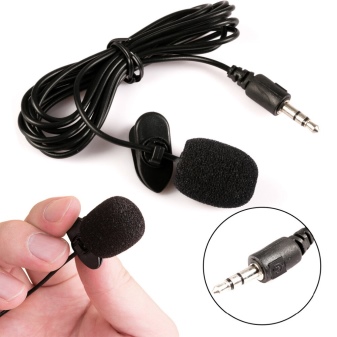

- Voice. Voice types of microphones are placed on a headset specially designed for such purposes. In addition, these systems use a bodypack transmitter. The devices are convenient in cases where you need to perform several tasks at the same time (as, for example, the presenter of an event).

- Instrumental. To such systems, you can connect not only a radio microphone, but, for example, an electric guitar.Also, the microphone can be attached to any musical instrument to amplify its sound several times.
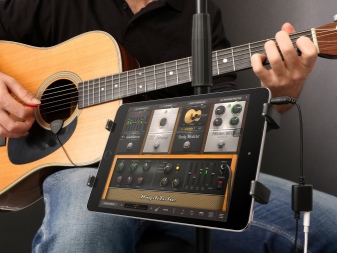
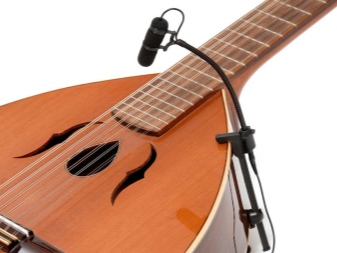
In addition, digital and analog microphones can be distinguished today. The first option is considered more preferable, since it meets all modern requirements.
Rating of the best models
Let's consider several popular models of radio systems with radio microphones.
- Arthur Forty AF-200 (VHF). The system includes 2 microphones and is one of the most popular for home use (for example, for organizing a karaoke system). The device has a supercardioid radiation pattern. Thanks to this characteristic, the sound is transmitted at the highest level: they are clear and crisp. The cost of the system is quite low, so almost every interested consumer can afford to purchase it.

- Volta ECO U-2 (505.75 / 622.665). This wireless system is suitable for beginner users as it has a very limited feature set. Most often, the unit is used for educational presentations and in karaoke rooms.
The main difference from competitors is the presence of a diversified principle of signal reception, due to which the most stable reception option is automatically selected.
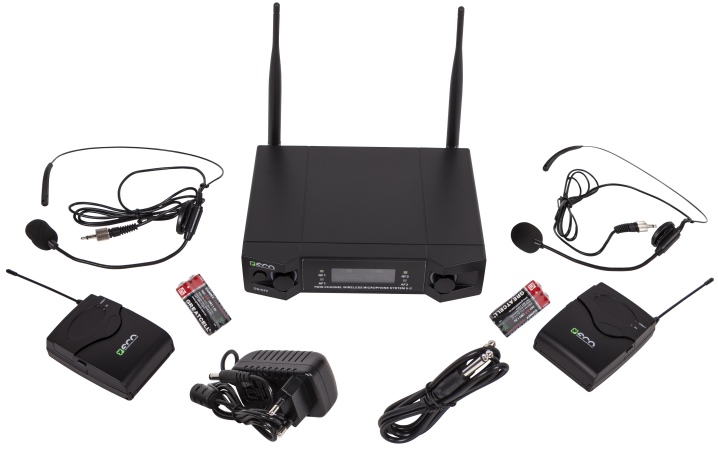
- Behringer ULM302MIC. The standard set includes 2 handheld microphones and a two-channel receiver. The system is designed with balanced and unbalanced XLR outputs. The maximum operating range is 60 meters.

How to choose?
There are several key factors to consider when choosing a radio microphone.
- Scope of application... Before purchasing a device, you need to specifically determine the purpose for which you will use it. In this sense, it is very important what will act as a sound source: a voice or a musical instrument.
- State of the environment... The functionality of the microphone will vary depending on the environment under which the microphone is used. So, you should take into account such features as the decoration of the room and possible radio frequency interference.
- Type of. For a variety of uses, a lavalier, handheld, or any other type of microphone may be the best choice. It is also important to take into account the type of transmitter and receiver (we wrote about them above).
- Price... High-quality devices with a wide range of functions have a rather high cost. More budget microphones can only perform standard tasks. Thus, in relation to this parameter, you should focus on your material capabilities.
- Manufacturer. Professional musicians recommend giving preference to trusted and well-known manufacturers, as their products are of high quality.
- Design... When choosing a radio microphone, one should be guided not only by the functional features of the device, but also by its external design. This is especially true if you will use the unit on stage or at public events.
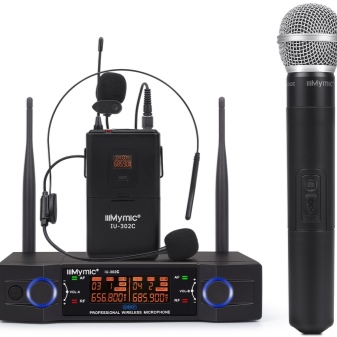
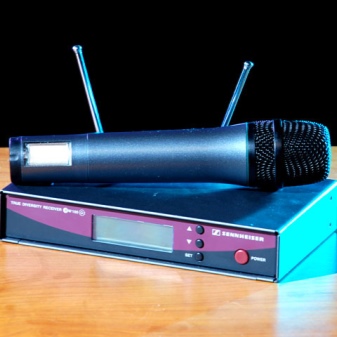
If, in the process of acquiring a radio microphone, you focus on the parameters described above, then in the end you will acquire a device that will meet all your needs, and will also last for a long period.
Operating tips
Let's take a look at a few tips from experts regarding the correct use of radio microphones.
- After you have chosen and bought a radio microphone, you should start the process of setting it up.... This can be done using additional equipment (for example, a personal computer or mixer).
- Before each use of the microphone, you must be sure to adjust the sensitivity of the base of the device.
- In the process of using and storing the microphone use optional accessories such as holder and case.
- Before using the device, be sure to read the instructionswhich is included in the standard package.
- In case of malfunctions and breakdowns do not try to fix the microphone yourself (especially if you do not have the required amount of technical knowledge). In such situations, it is better to seek the help of a specialist. If a breakdown happened during the warranty period, then you can count on free service.

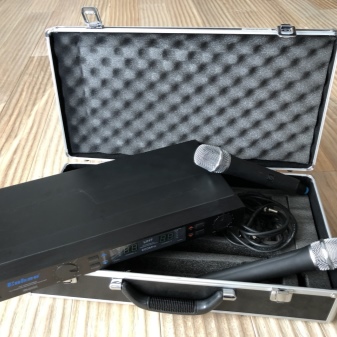
Unpacking and testing of Defender MIC-155 wireless microphones is given below.













The comment was sent successfully.